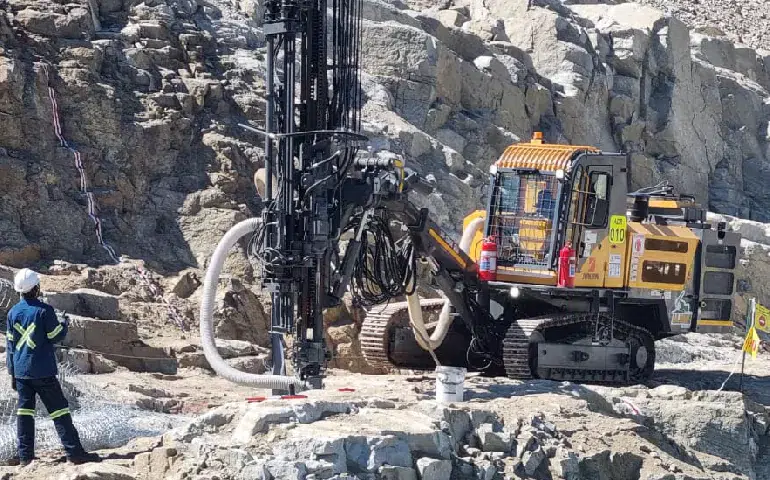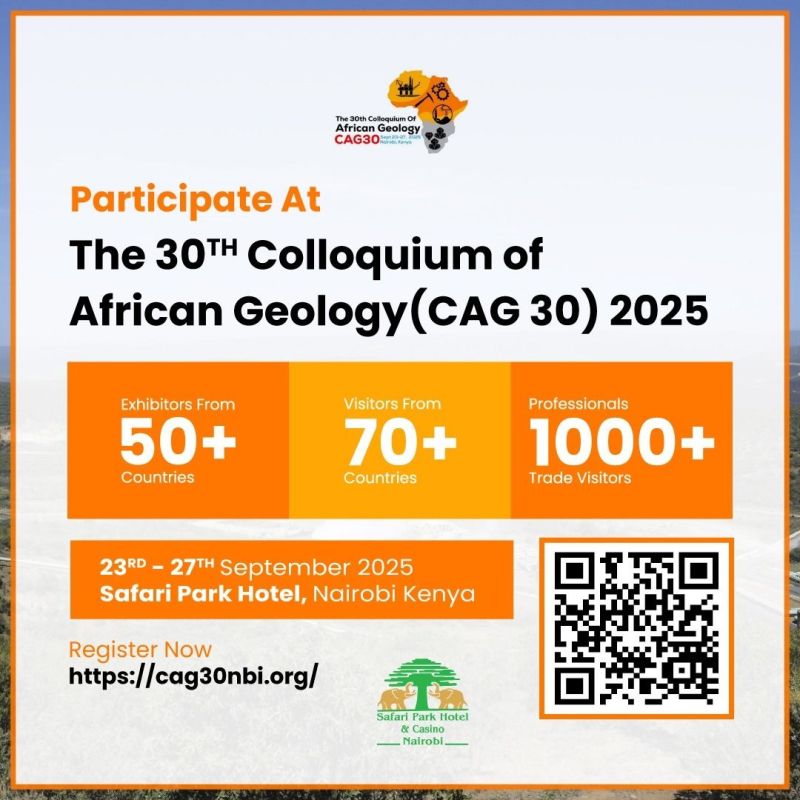The global mining drilling services market is experiencing a powerful surge, driven by the rising demand for critical minerals, expanding infrastructure projects, and rapid technological advancement. Valued at USD 3 billion in 2024, the market is projected to grow steadily and reach approximately USD 6.9 billion by 2037, supported by a compound annual growth rate (CAGR) of 6.7% from 2025 to 2037. This growth reflects a global shift toward more mechanized and service-oriented mining operations, especially as mining firms increasingly invest in deeper exploration and outsourcing drilling functions to specialized providers.
Mining drilling services play an indispensable role across the mining value chain, enabling companies to access ore bodies safely and efficiently. From exploratory and production drilling to directional drilling for complex deposits, these services provide the technical foundation for mineral extraction. As surface-level resources continue to decline, there is a noticeable pivot toward deeper and more remote ore bodies. This shift is intensifying the need for advanced drilling capabilities—particularly from external contractors who bring industry expertise, state-of-the-art equipment, and operational efficiency to the field. Outsourcing has also proven cost-effective, helping mining companies reduce their capital expenditure and streamline project delivery.
Technological innovation is rapidly transforming the drilling services landscape. The integration of automation, real-time data analytics, and remote monitoring into drilling equipment is enabling greater accuracy, reducing material waste, and improving safety outcomes. This trend is accelerating adoption among mining companies eager to improve productivity while aligning with increasingly stringent environmental, social, and governance (ESG) standards. The need for real-time, data-driven decision-making is further reinforcing the move toward digitally enabled, outsourced drilling models.
Meanwhile, the global demand for minerals continues to soar. The push for electrification, clean energy technologies, and advanced manufacturing has led to unprecedented demand for metals such as lithium, cobalt, copper, nickel, and rare earth elements. These minerals are vital components in electric vehicles, solar panels, wind turbines, and batteries—making mineral exploration and drilling more strategic than ever. However, this growth is not without its challenges. Regulatory delays, environmental restrictions, and community resistance remain significant hurdles, particularly in ecologically sensitive or resource-rich regions. Companies are now tasked with balancing growth ambitions with sustainable practices.
Segmented by product type, surface mining remains dominant due to its accessibility and lower cost. However, as surface deposits dwindle, underground mining is becoming more prominent, requiring higher precision and safer, more technologically advanced drilling techniques. In terms of applications, metal mining leads the way, fueled by demand from the energy, electronics, and construction sectors. Coal mining, while declining globally due to climate goals, still plays a notable role in energy-dependent regions. Mineral mining and quarrying are also vital, supplying materials for agriculture, infrastructure, and manufacturing.
End-users of mining drilling services are diverse. Traditional mining companies and exploration firms remain the primary clients, but government geological agencies are increasingly involved—especially in mapping national mineral reserves and advancing strategic exploration initiatives. Technological differentiation also emerges in drilling methods, with directional drilling gaining popularity for reaching multiple ore bodies from a single location, while non-directional (vertical) drilling continues to serve more straightforward, shallow projects effectively.


Geographically, the Asia-Pacific (APAC) region is the fastest-growing market. Countries such as China, India, and Australia are leading the charge, with Australia standing out for its large-scale gold, iron ore, and lithium production. North America remains a mature but expanding market, with the U.S. and Canada investing in energy transition minerals and clean-tech exploration. In Europe, environmental policies and the EU’s push for raw material security are reviving interest in domestic mineral exploration, especially in Scandinavia and Eastern Europe.
The competitive landscape is populated by both global leaders and nimble regional players. Companies such as Boart Longyear, Major Drilling Group International, Orbit Garant Drilling, Byrnecut Group, Denarius Metals Corp., and PT United Tractors Tbk are shaping the market through continuous innovation, strategic alliances, and international expansion. Their investment in advanced drilling systems, sustainability practices, and workforce training is positioning them as preferred partners for mining firms navigating an increasingly complex and competitive landscape.
Ultimately, the global mining drilling services market is at the forefront of a critical transformation. As industries race toward decarbonization, electrification, and digitalization, the role of specialized, tech-enabled drilling service providers becomes more essential. The path forward will demand not just deeper drilling—but smarter, cleaner, and more sustainable approaches to resource extraction. For companies that can deliver this new standard, the future of mining is full of opportunity.















